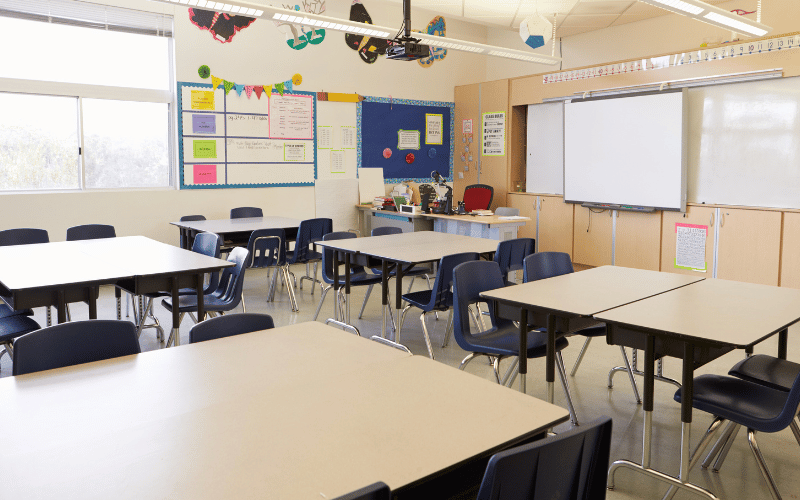It goes without saying that our surroundings affect us consciously and subconsciously. The environment we are in can motivate us to focus on our tasks or cause distractions that will make us lose concentration. For students, the environment where they learn and study affects their productivity.
As students spend a significant 6 to 7 hours of their time daily in their classrooms, it is essential for educators to ensure that their students have a conducive environment that promotes learning. Creating a space that promotes learning amongst students does not just benefit the students, as teachers will also find it easier and more enjoyable to teach students who are focused on their lessons.
Instead of the boring classroom setting with the teacher by the blackboard and students in rows of tables, here are five things that you as a teacher can do to create a comfortable environment for your students:




